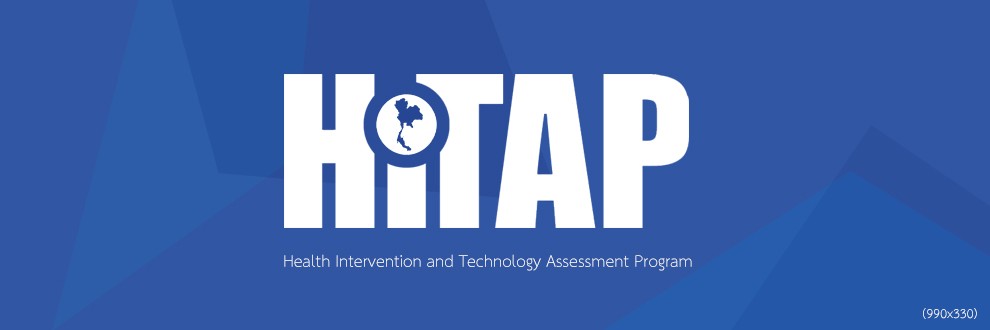This website uses cookies so that we can provide you with the best user experience possible. Cookie information is stored in your browser and performs functions such as recognising you when you return to our website and helping our team to understand which sections of the website you find most interesting and useful.
Cost-Utility analysis of Oral cancer screening in high risk population
Project Code
31-3-093-2558
Research team
Researchers
Co - Researcher
Project Details
Start: 1 December 2014
End: 30 November 2015
Project Status
Completed - 100%
Viewer: 2601
Publish date6 February 2015 09:47
Project Summary
Abstract
Oral cancer is the 6th most common type of cancer in Thailand. The early stage, oral potentially malignant disorder (PMD), can be cured if detected and treated immediately. Currently, more than 80 percent of patients were diagnosed in the advanced stage. Hence, there is the oral cancer screening program for early detection among Thai population aged 40 and above. This study aims to assess the cost-utility of the oral precancer screening program compared to the non-screening program. A cost-utility analysis was conducted using a Markov. A societal perspective and a life-time horizon were applied. Variables used in the model were derived from primary data collected, interviewing patients, and reviewing both local and international literature. The results show that the screening program yielded higher costs (1279 baht) and QALYs (0.0041 year) as compared to the no screening program, producing an ICER of 313,391 baht per QALY gained. This indicates that the screening program is not cost-effective in the Thai context, where the cost-effectiveness threshold is 160,000 baht per QALY gained. However, the screening program would become cost-effective if it is increased effectiveness of MSE (sensitivity and specificity of at least 60 percent) or enhanced effectiveness of visual screening by trained dental nurses (sensitivity and specificity of at least 80 percent). Moreover, if removing the process of visual inspection by trained dental nurses, the screening program would be the most cost-effective with an ICER of 74,698 baht per QALY gained.







